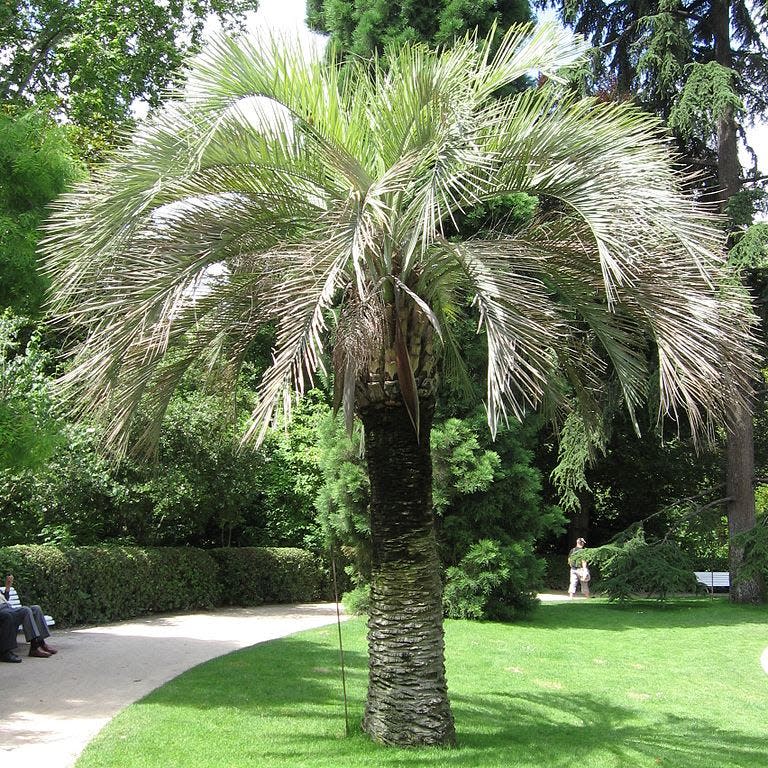CHARLES REYNOLDS: Disease ravages popular landscape palms

From Jacksonville to Miami, hundreds of thousands of Florida’s palms stand dead, dying or decaying – victimized by an incurable disease called lethal bronzing. The deadly malady, caused by a phytoplasma (a bacterium without a cell wall), first appeared in Texas in 2002, mainly afflicting species of Phoenix palms such as Canary Island date. Cases were soon reported in Louisiana and then – in 2006 – in Florida, with Polk County as the epicenter. It became obvious that many other palm species were also susceptible to the disease, and it was renamed lethal bronzing, often shorted to LB.
Thought to be spread by wind-blown, quarter-inch insects called treehoppers, LB causes death by clogging a palm’s vascular system. Once a tree is afflicted, all hope is lost: It should be removed as quickly as possible to limit the disease’s spread. Symptoms vary from plant to plant but follow a general pattern: lower, recently healthy leaves turn bronzy or gray, flower stalks die and fruits fall prematurely. Finally, the spear leaf dies. From infection to death takes less to a year.
Although it’s usually apparent that a palm is suffering from LB, apprehensive homeowners can have plants tested. Call your Cooperative Extension Service for information about preparing a sample of trunk tissue and sending it the University of Florida at Gainesville. Tests reportedly cost $75 each, and homeowners must also pay for overnight shipping.
While there’s no cure for diseased palms, several inoculations of oxytetracycline annually can prevent infection. Dosing plants requires drilling holes in their trunks and sterilizing drill bits (with a torch) between palms. TreeSaver sells the antibiotic for $36 per bottle, which contains about 30 doses.
Among susceptible palms are Phoenix species, including edible date, Canary Island date, sylvester date and dwarf date. Other palms that have been stricken are queen, Bismarck, Chinese fan, pindo and — worst of all — our state tree, the sabal palm (sometimes called cabbage palm). It’s probable that species closely related to the palms mentioned will also prove vulnerable.
What palms can we cultivate without worrying about LB? On that list – for now – are foxtail, paurotis, hardy bamboo, spiny licuala, areca, piccabeen, seashore, saw palmetto and caranday palms.
Another deadly disease is fusarium wilt, a fungal malady that’s destroyed large numbers of Washingtonia and queen palms across Florida. This incurable infection attacks the water-conducting system of its victims and kills rapidly. Fusarium wilt is thought to be spread by pruning equipment. Remove diseased plants quickly, and don’t replant either species in the same area.
This article originally appeared on The Ledger: CLIPPINGS

